Edo-themed onsen and restaurant complex opens in Tokyo, but do overseas tourists know about it?
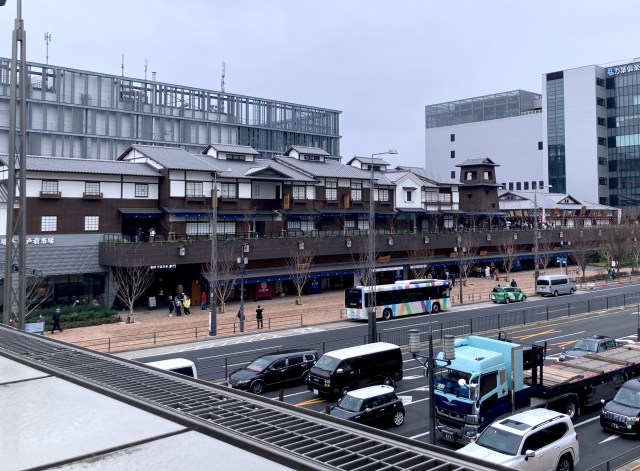
Toyosu Senkyaku Banrai brings the charm of an old market town to a new tourist site in Tokyo.
Back in October 2018, the Tsukiji Market and its early-morning tuna auctions moved from Tsukiji to Toyosu, marking a new chapter in the market’s 83-year history.
▼ The Tsukiji Market was a huge and sprawling mass of fish mongers that attracted hordes of overseas tourists.
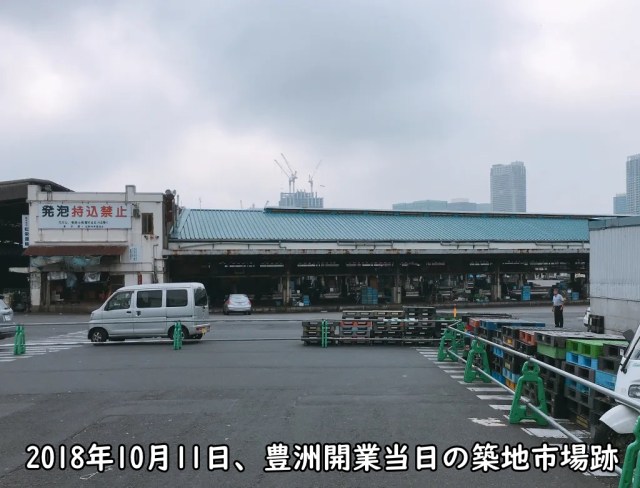
While the main market moved to a sparkling new multi-storey complex in Toyosu, Tsukiji’s outer market, made up of hole-in-the-wall eateries and food stalls, remained in its original location closer to the central road, retaining an old-school charm that still attracts a huge number of tourists to this day.
However, the new Toyosu fish market receives considerably less visitors in its comparatively out-of-the-way location, and without a bustling outer market like the one at Tsukiji, there’s not a lot to attract overseas travellers to the area.
A new Edo-themed complex called Edomae Jokamachi opened at Toyosu in 2020 to provide the appeal of an outer market for tourists, but it closed soon after when the pandemic hit.

Now, four years after that closure, a new complex has sprung up to replace it, and its name, “Senkyaku Banrai“, hints at its ambitions because it’s a phrase that literally translates as, “a thousand visitors, many guests” and means “a flood of customers” or “a roaring trade“.
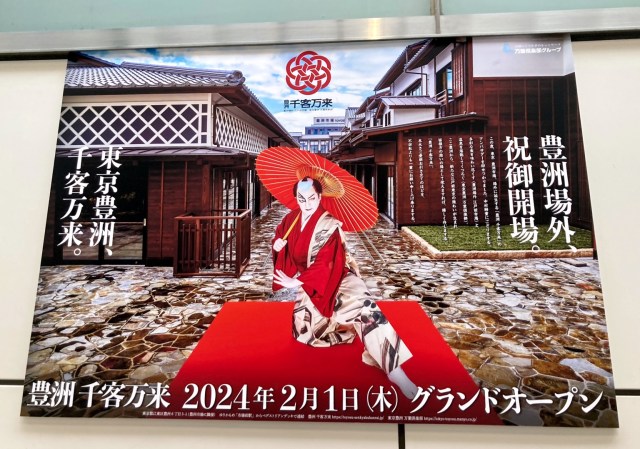
The new complex opened on 1 February, and our reporter Mr Sato was keen to see if it really was attracting the thousand visitors it was hoping for, so he hopped on a train to check it out.
When he got off the Yurikamome-line train at Shijo-mae Station and went through the ticket gate, he noticed there were quite a few people around.
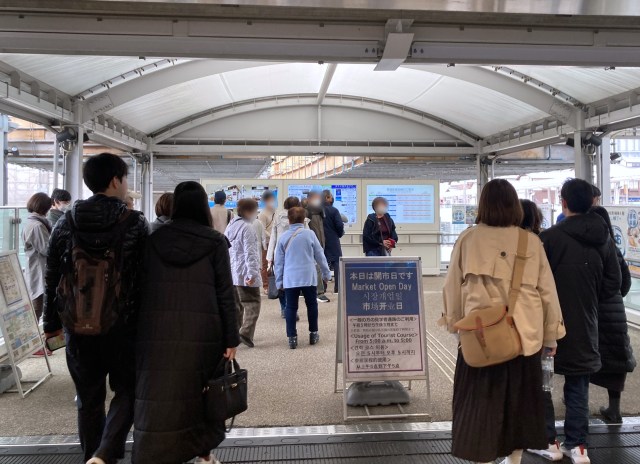
This was more than he expected on a weekday roughly three weeks after the grand opening, so he had high hopes for its trade as he walked towards the cluster of traditional buildings.
▼ The Japanese-style townscape stood out against the modern tower apartments and office buildings of Toyosu.

▼ When he arrived at the facility, he discovered that the commercial part of the complex covers three stories.
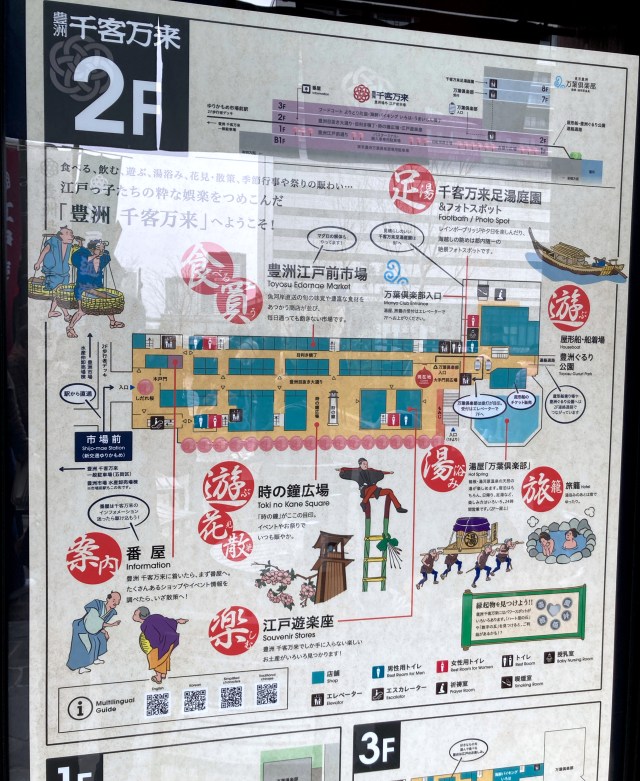
After passing through the main entrance, you arrive at the Toyosu Edomae Market, a line of shops that create the sense of an outer market.

Here, food vendors sell meals made with ingredients delivered directly from the fish market, and Mr Sato could see long lines outside many of them. However, he hardly saw any overseas visitors, as the majority of people at the complex appeared to be Japanese locals.
▼ At Marutake, a famous tamagoyaki seller from Tsukiji’s outer market, the line was so long he couldn’t even see where it ended.
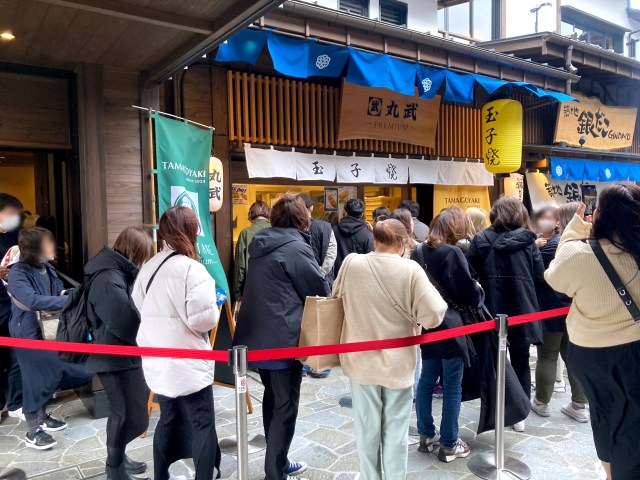
The tuna skewer vendor and the matcha crepe stand were also popular, and so packed with people that he didn’t know how long the wait would be. So instead of lining up, he walked through the market until he arrived at Toki no Kane Square, where you can sit and enjoy meals in an al fresco environment.
▼ Toki no Kane (“Time Bell Tower”) is a famous site of interest at Kawagoe in Tokyo’s neighbouring Saitama Prefecture, and this square has a perfect replica of it.
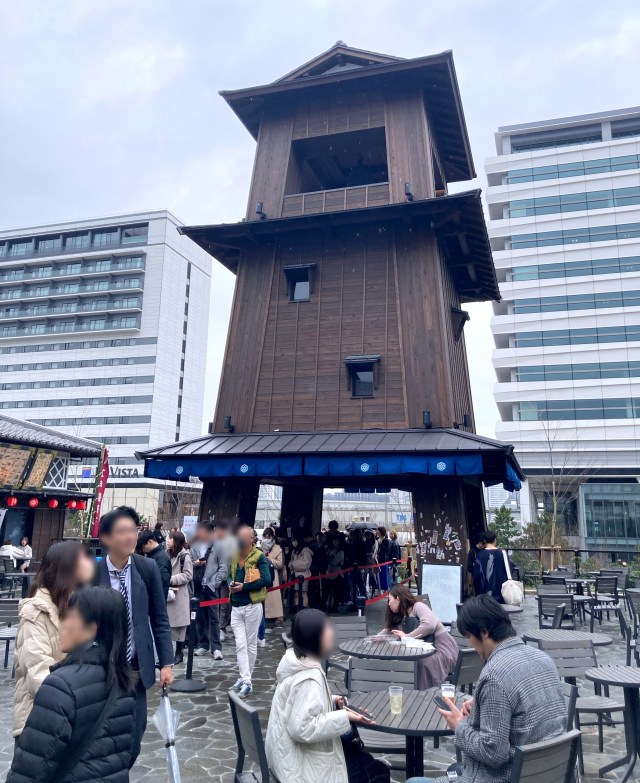
There might not have been thousands of customers here on a weekday, but there were still hundreds of them, which meant that when he went up to the food court on the third floor to find a place to eat, a lot of the restaurants had long wait times.
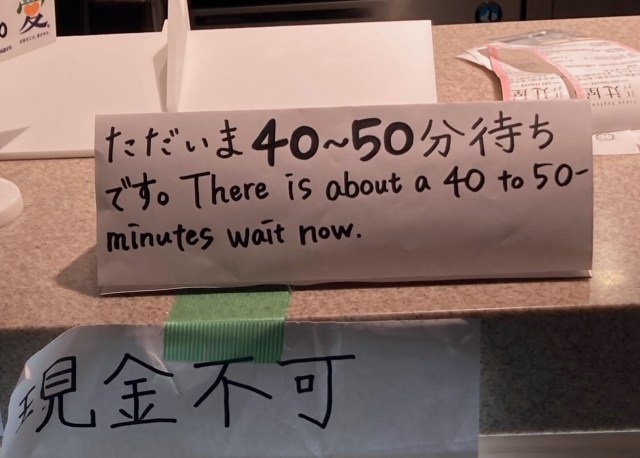
Mr Sato’s belly was really starting to grumble now, so he decided to try a hack he’d heard about, which was to head out to the Toyosu Market and over to the “関連飲食店舗” (“kanren inshokutenpo”), which are “connected restaurants”, meaning they have a connection to the market and are used by people directly involved in the operations, but also open to the public.
▼ The location of the kanren inshokutenpo in red and black, with Senkyaku Banrai marked out in blue and white.
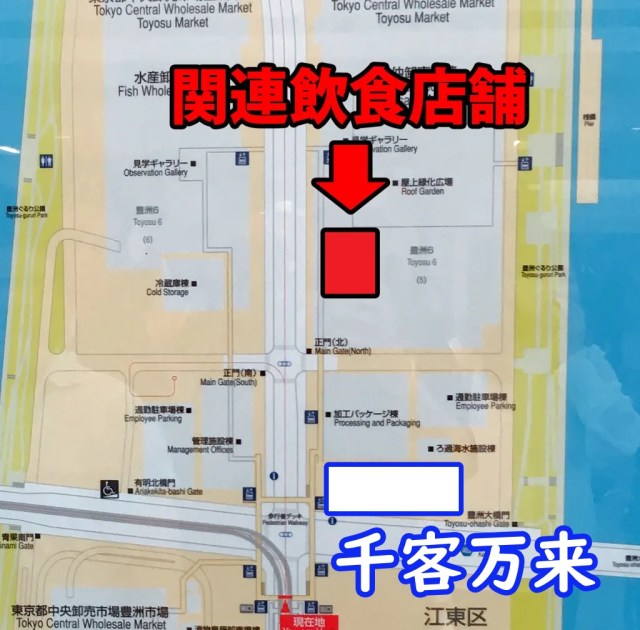
As the related restaurants are used by market workers, they’re generally open from early morning and are completely calm and uncrowded by noon. The early morning start means some of these restaurants may even close by midday, so they’re far less crowded than the other restaurants in the complex, but still a great place for fresh food.
This is where Mr Sato once ate a beef bowl at Yoshinoya Branch #1, which relocated from Tsukiji, and he was able to enjoy it here again, as it’s open from 4 a.m. to 2 p.m. So if you’re having trouble finding a place to eat due to the hundreds of visitors you might encounter at Senkyaku Banrai on a weekday, or the thousands of visitors you might encounter on a weekend, don’t forget you can always pop out to Toyosu Market for a quick bite to satiate your hunger.
Of course, you could make the visit to Senkyaku Banrai even more relaxing by staying at the onsite Tokyo Toyosu Manyo Club, a 24-hour hot spring bathing and lodging facility with 71 guest rooms. Judging by the popularity of the new facility, the idea to bring a little taste of the Tsukiji outer market over to the new Toyosu location is one that’s certainly paid off, but it’s still relatively unknown by overseas visitors. So next time you’re in the mood for fresh seafood and a soak in a hot spring, don’t forget to add Toyosu Senkyaku Banrai to your itinerary!
Site information
Toyosu Senkyaku Banrai / 豊洲千客万来
Address: Tokyo-to, Koto-ku, Toyosu 6-5-1
東京都江東区豊洲6丁目5番1号
Website (Toyosu Senkyaku Banrai, Tokyo Toyosu Manyo Club)
Photos ©SoraNews24
● Want to hear about SoraNews24’s latest articles as soon as they’re published? Follow us on Facebook and Twitter!
Credit:

0 comments: